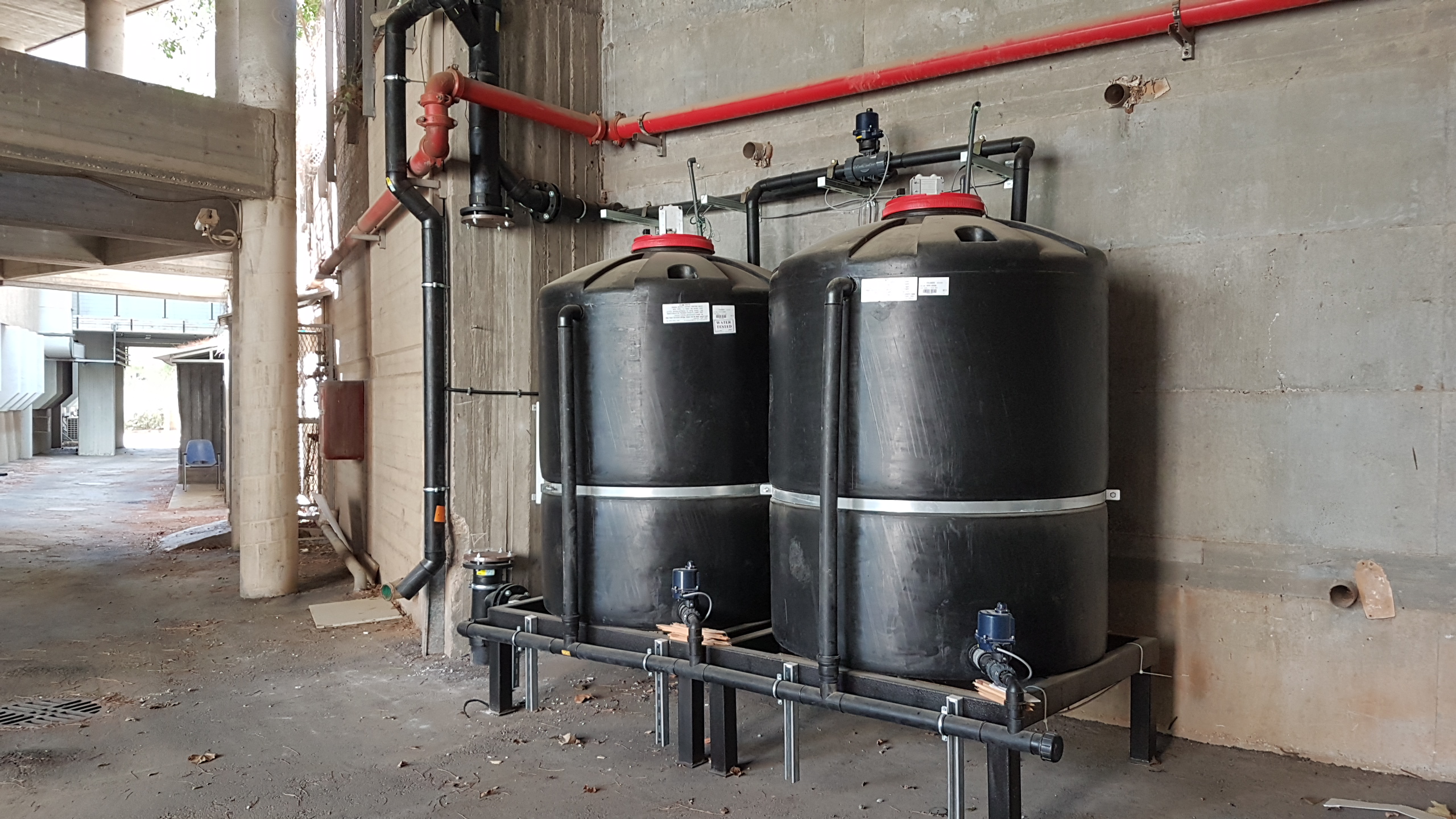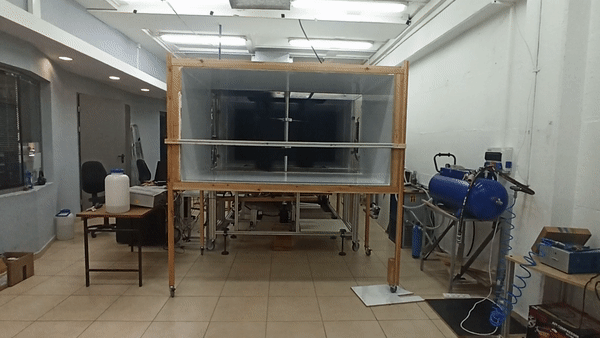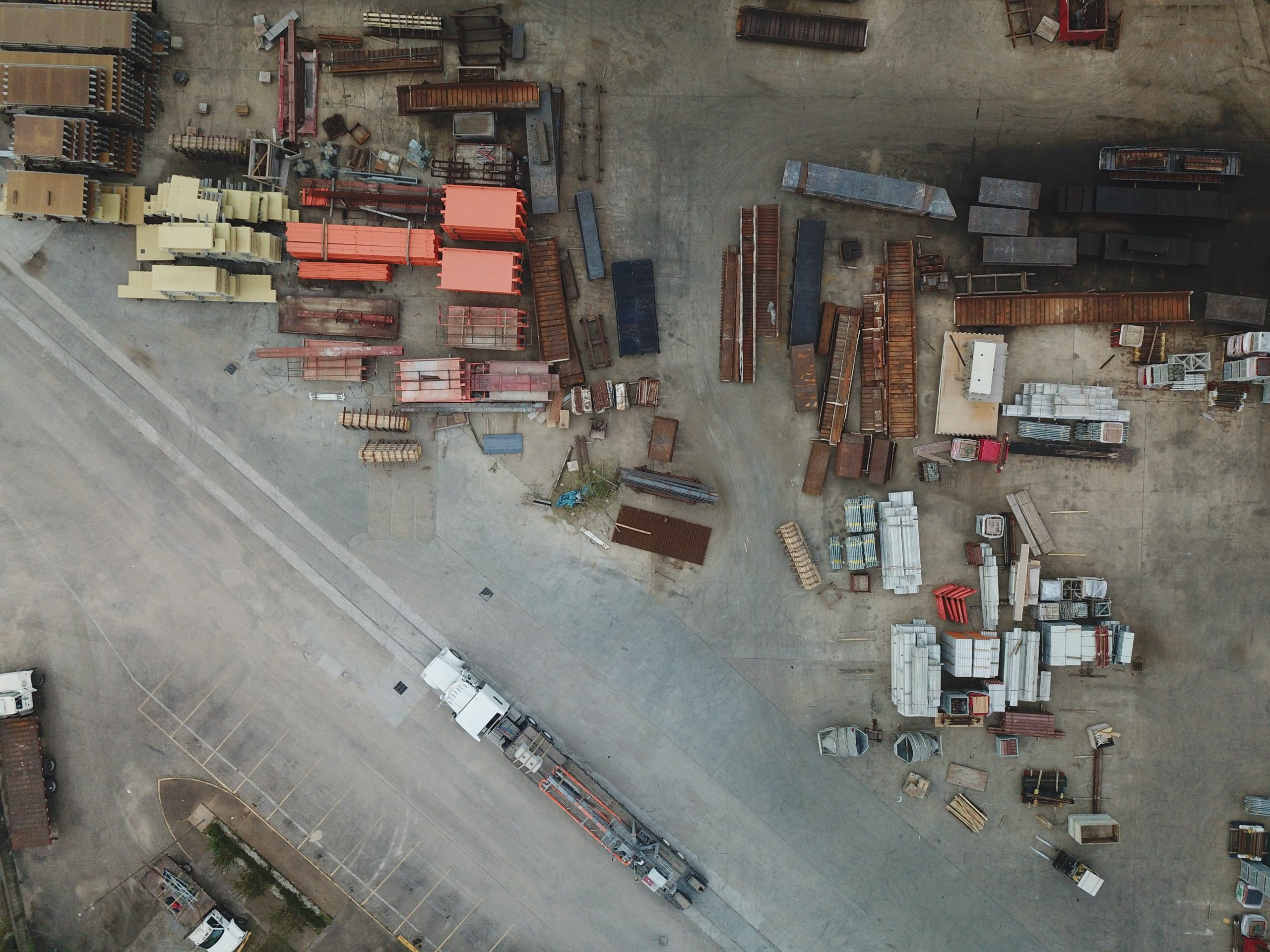Leviathan: A Risk Worth Taking?
February 17, 2020Israel’s newly finished Leviathan Gas Rig is being praised by energy executives and government officials as the path to energy independence. But will environmental impacts caused by natural gas exploitation remain unchanged or will it lead to catastrophic consequences, as it often has in the past?
It is now 2020, and with that comes the completion of the Leviathan processing platform located ten kilometers (around six miles) off Israel’s Mediterranean coast closest to Caesarea. The platform is part of the overall gas rig designed to harvest natural gas that was discovered neighboring the Tamar field. Since the Leviathan field’s discovery in 2010, Noble Energy and its partners have been in the process of requesting the necessary permits for constructing the offshore platform, one of the largest in the world. The project is aimed at transitioning Israel’s energy sector towards natural gas and away from coal entirely as a cleaner source of energy.
Certainty surrounding the project stems from the fact that the Leviathan gas field is double the size of the neighboring Tamar gas field that has been in production since 2013. The Leviathan field located about 120 km west of Haifa in Israel’s Exclusive Economic Zone (EEZ) is measured to contain almost 22 trillion cubic feet of extractable natural gas, which experts estimate can sustain Israel’s domestic consumption for the next 40 years. This would put Israel on the map as a top energy exporter, dramatically boosting its economy in the process.
However, opposition to the Leviathan’s project operations was strong. According to a new scientific paper, the Environmental Impact Assessment (EIA) that Noble Energy produced back in 2010 to receive building permits for the Leviathan platform was flawed in ways that underestimated the degree to which the emissions from the gas refinery on the platform might threaten public health. On the other hand, there is some criticism rising about this study. It mainly focused on oil and gas rigs emissions data that were presented together including data from very old and polluting rigs. The study also disregarded the state of the art technology installed on the Leviathan rig (including a fume return system) and the condensate composition of the local gas field which is not identical to the ones described in the paper.
Along with rallies and protests, concern has escalated to the point where Homeland Guards, an Israeli non-profit local environmental protection organization, has begun evacuation sign-ups for residents who live in close proximity to the coast of the Hof-HaCarmel area due to the alleged release of large quantities of NMVOC (non-methane volatile organic compounds) including carcinogenic pollutants, such as benzene, during the planned initial test run operations. Fortunately, however, the initial test runs showed that the observed benzene concentrations onshore (at least 10 km from the platform) did not rise.

Gaining Political Points
Geopolitically, the discovery and subsequent exploitation of the Leviathan gas field is propelling Israel into an economic position that would otherwise not be achievable. Even though progress towards peace with the Palestinians remains stagnant at the moment, relations between Israel and its Arab allies have grown stronger also because of this new economic opportunity.
Early in 2019, Israel was included in the Eastern Mediterranean Gas Forum held in Cairo. This was the first time Arab countries welcomed Israel into this regional alliance and was interpreted as a sign of progress towards economic peace. With Israel now in the midst of becoming a legitimate energy exporter, relations between its historically hostile neighboring countries could be expected to ease, providing stability to the region by easing the geopolitical tensions that exist between them.
For example, the billion-dollar deals Israel has been making with Egypt and Jordan have brought to light the shared looming concern they all currently have over Iran’s activities in the region. These particularly include their over stockpiling of allowable Uranium and subsequent violation of the Nuclear Deal signed in 2015, alongside the continuous development of their medium and long-range ballistic missile programs and the development of their armed proxy militia forces that are now spread out across the Middle East from Lebanon to Syria, Iraq, and Yemen, thereby undermining the region’s stability. It’s no wonder the enthusiasm around the Leviathan project has been praised among political leaders and stakeholders—because it garners tight political alliances.

But At What Cost?
Now, the gas fields (both Tamar and Leviathan) themselves are located approximately 90 and 130 kilometers (56 and 80 miles) respectively from the Haifa coastline, but the Tamar and Leviathan processing platforms were built only 23 and 10 kilometers (14.3 and 6 miles) respectively from the coastline on the continental shelf. There, crude gas is processed and separated from the additional water and condensate liquid fuel. Large quantities of NMVOC fumes are emitted during routine operations including carcinogenic benzene fumes, which is at the heart of concern for the majority of residents and environmental activists who opposed the processing plant’s close proximity to the countryside residential areas along the Hof-HaCarmel. Usually, gas processing platforms of near-shore gas wells are built above the gas wells or on land. The plan from the beginning was to build a land gas processing facility at the Hefer Valley area, and after a long environmental struggle, a decision to build a marine platform was made. Noble Energy first intended to bring a floating production system (FPSO) to place it above the gas wells, which was a much cheaper option until the decision was amended by the Israeli government to place the processing rig closer to shore on a stationary platform, apparently at the request of defense ministry officials.
Byproducts of the gas production process on the rig include condensate, a fuel similar to diesel that would be produced at an approximate rate of 2,500 barrels per day. This would then be continuously transported from the rig via pipes to specified storage tanks and Haifa’s oil refineries. The long pipeline is a risk factor to groundwater and public health in the case of a leak. Nevertheless, if the gas processing plant was to be situated over the gas field, there would be no need for the condensate pipes, but the FPSO would have to store 1000 times more condensate on its deck than is currently being stored on the rig today.

Playing with Fire
There is a lot of money to be made from harvesting, refining, and exporting natural gas. This export is capable of meeting the world’s current energy demand at half the pollution cost—on a good day that is (when greenhouse gas emissions from the production process, especially Methane gas, is disregarded). The desire to exploit natural gas is gaining momentum in the absence of a constant large scale, cleaner energy source that can single-handedly meet those very same energy demands, and this idea is beginning to take shape in the United States again. Earlier in 2018, the Trump administration made their interests known that they would like to open nearly all American coastal waters to offshore oil and gas drilling, thereby lifting an Obama-era ban on drilling. Interior Secretary, Ryan Zinke, described the new proposed drilling plan as the “new path for energy dominance in America,” adding that the Obama-era restrictions on offshore drilling had cost the United States billions of dollars in lost revenue. President Trump even remarked that the ban “deprives our country of potentially thousands and thousands of jobs and billions of dollars of wealth.” But this only highlights an unfortunate trend in our current political discourse that sets national economic growth priorities over the well-being of the land upon which these desired resources originate.
Luckily, however, some of the coastal states that would most directly be affected by the reversal proposed by President Trump, are pushing against it. These states include Florida, New Jersey, Delaware, Maryland, Virginia, North Carolina, South Carolina, California, Oregon, and Washington. They have all opposed offshore drilling plans stating that it would jeopardize their respective tourism industries and natural resources, thereby posing a threat to their individual state economies.
As we can see, Israel and the United States are hard-pressed to exploit oil and natural gas to satisfy current energy demands. Despite the opposition from various environmental activists, the Israeli government instead pushed forward with the Leviathan project due to the attractive appeal of having its own natural resources they can use to boost their economy and soothe historically hostile relations with its geopolitical neighbors. However, future advances in the field of renewable energies with large scale solar and wind farms accompanied by energy storage facilities could be the deal-breaker that will allow clean, cheap, and steady energy production making natural gas a minor factor in the 21st century’s energy portfolio.
This ZAVIT article was also published in Ynetnews on 02/07/2020.







